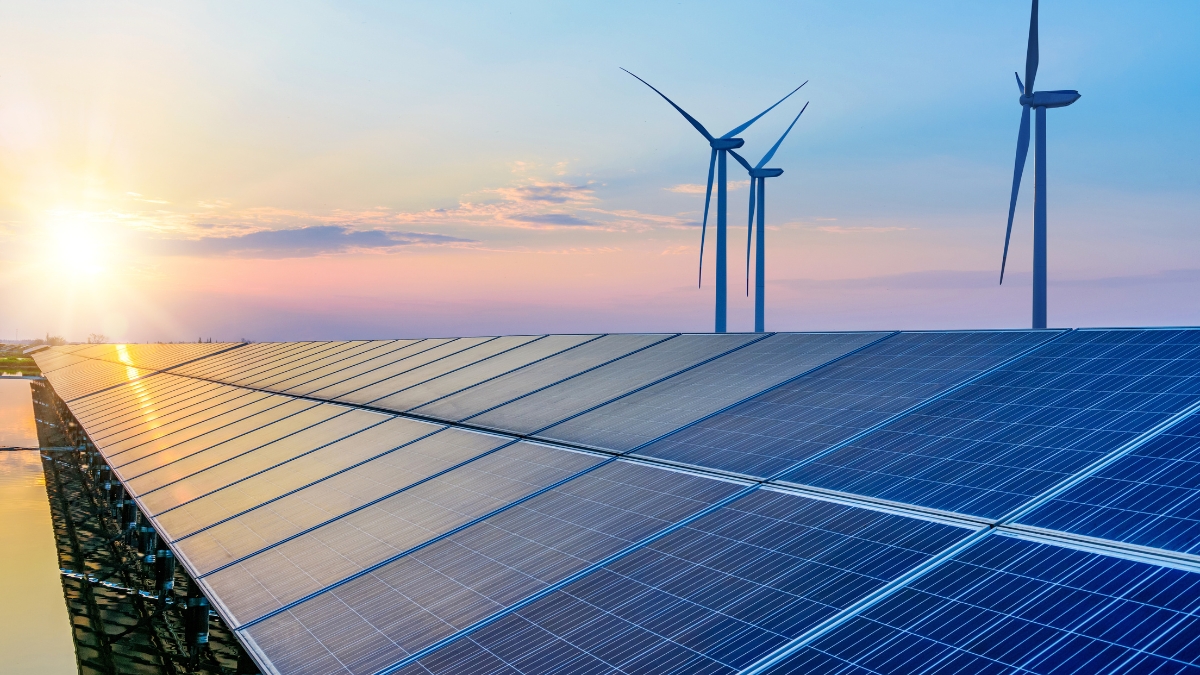Fluoropolymers in Clean Energy
 Back
Back

Fluoropolymers play a critical role in advancing clean energy technologies, offering unique properties that enable greater efficiency, durability, and performance across multiple renewable energy applications.
Fluoropolymers are synthetic polymers containing carbon-fluorine bonds, which create exceptionally stable materials with resistance to heat, chemicals, UV radiation, and weathering. These properties make them invaluable in harsh environments where other materials would quickly degrade.
In solar energy applications, fluoropolymers serve as protective backsheets and encapsulants for photovoltaic modules. Materials like polyvinyl fluoride (PVF) and ethylene tetrafluoroethylene (ETFE) protect solar cells from moisture and environmental damage while maintaining high light transmission. The exceptional weatherability of these materials extends solar panel lifespans to 25+ years, significantly improving the economics of solar installations.
For wind energy, fluoropolymers contribute to blade efficiency and longevity. Fluoropolymer coatings on turbine blades reduce surface friction, increase aerodynamic performance, and resist erosion from rain, dust, and debris. This translates to higher energy output and reduced maintenance requirements, especially for offshore installations where harsh marine conditions pose significant challenges.
Hydrogen technology, a promising clean energy vector, heavily relies on fluoropolymers. In fuel cells, perfluorosulfonic acid (PFSA) membranes like Nafion serve as proton exchange membranes, facilitating ion transport while preventing gas crossover. These membranes enable efficient electricity generation without combustion. In hydrogen production via electrolysis, fluoropolymer components withstand the corrosive environments involved in splitting water into hydrogen and oxygen.
Energy storage systems also benefit from fluoropolymer technology. Lithium-ion batteries use fluoropolymer binders that improve electrode stability and overall battery performance. These materials contribute to higher energy density, faster charging capabilities, and improved safety profiles in energy storage applications from electric vehicles to grid-scale storage.
The exceptional chemical resistance of fluoropolymers makes them ideal for geothermal energy applications, where components must withstand hot, corrosive fluids. Fluoropolymer linings protect heat exchangers, pipes, and valves, enabling efficient energy extraction from geothermal sources.
Despite their benefits, fluoropolymers face sustainability challenges. Their production traditionally involved fluorinated gases with high global warming potential, and their exceptional durability presents end-of-life management issues. However, the industry is responding with innovations in manufacturing processes, reducing environmental impact through alternatives to traditional processing aids and developing recycling technologies.
The clean energy transition also drives innovation in fluoropolymer technology. Researchers are developing fluoropolymer membranes for redox flow batteries, advanced materials for next-generation solar cells, and specialized coatings for emerging marine energy technologies.
The economic impact of fluoropolymers in clean energy is substantial. By extending component lifetimes, improving efficiency, and reducing maintenance needs, these materials significantly improve the cost-effectiveness of renewable energy systems, accelerating adoption and deployment.
As the world transitions to renewable energy, fluoropolymers will continue playing an essential behind-the-scenes role in enabling more efficient, durable, and cost-effective clean energy technologies, contributing significantly to global decarbonization efforts while balancing performance requirements with evolving sustainability considerations.
For more information on how Dalau can assist you with your project, please get in contact with us today for an informal chat.
 Back
Back
